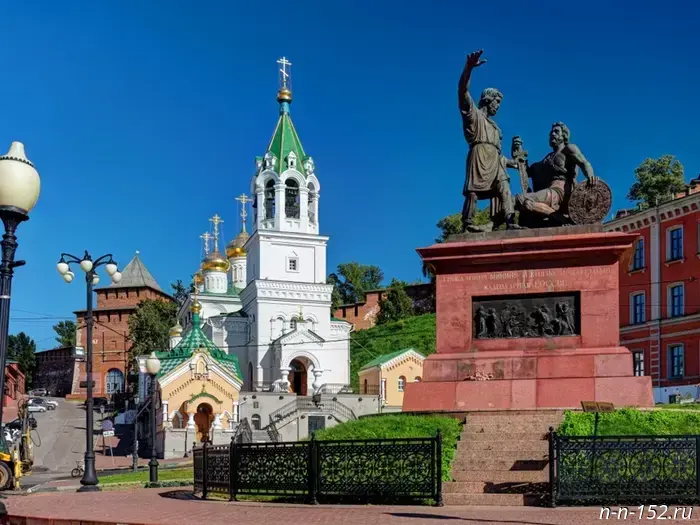
Monitoring Expert from July 11 to 18, 2025, by Autonomous Nonprofit Organization "Minin-Center"
Experts from the "Minin Center" analyze the events of the past week that influence the socio-political situation in the world, Russia, and the Nizhny Novgorod region, highlighting long-term trends.
This week's topics are: "Strategic deadlock on the Russia - USA negotiation track," "Vladimir Putin held a meeting on demography," and "Artemovskie Luga — Nizhny Novgorod’s heritage."
Federal topic — The strategic deadlock on the Russia - USA negotiation track
Aleksei Orekhov, Head of the "Minin Center" NGO, states:
"Fifty days, it used to be 24 hours, then 100 days, we have gone through all of this," Sergei Lavrov commented regarding Trump's statements. As is known, the White House leader gave Russia 50 days to reach a peace agreement with Ukraine; if not, sanctions would follow. Nevertheless, Washington claims it still leaves the door open for dialogue. The key issue is whether Trump will decide to impose these tariffs, as this measure directly affects US interests.
Another point is that nothing can be ruled out: Trump may decide on some radical, adventurous action (recent aggression against Iran confirms this).
For now, both sides cling to the illusion of effective negotiations, which have yielded little result since February. Unresolvable strategic disagreements currently exist between Russia and the United States. The US has presented its geopolitical proposal to Russia: "frozen" conflict in Ukraine along the front line and its non-aligned status in exchange for the lifting of US sanctions and the development of bilateral economic cooperation. Most importantly, it implies Moscow's disengagement from Beijing.
The last point is the most critical, indicating a political shift in Russia comparable to China's actions in the 1970s during Nixon and Kissinger's era.
At the highest levels of government, including public statements by Vladimir Putin, Moscow has rejected these proposals and counteroffered: legal recognition of new regions as part of Russia within their administrative borders, not only Ukraine's non-aligned status but also its complete demilitarization and denazification (ban on nationalist organizations, protection of the Russian language and culture, etc.). Moreover, Russia does not intend to trade its relations with China for vague prospects of economic and political cooperation with the US.
Furthermore, changing course on the international stage and turning toward the US risks leaving Russia in a vulnerable position: the new administration, which came into power after Trump, could pivot 180° and easily overturn all agreements reached. Meanwhile, relations with Beijing could be seriously damaged.
Therefore, the Russia - USA negotiation track is currently at a strategic deadlock. The American side might revert to Biden’s fundamental approach: attempt to inflict a strategic defeat on Russia in Ukraine. Currently, a new concept of Ukraine’s armament is emerging as a priority. Overall, we see another escalation, with stakes rising and a new phase of escalation.
Federal topic — Vladimir Putin held a meeting on demography
Expert from the "Minin Center," Associate Professor at the Lobachevsky N.N. Gubkin Moscow State University of Economics, Sergey Krivov, notes that on July 14, President Vladimir Putin chaired a Government session on demography and healthcare:
"Deputy Prime Minister Tatiana Golikova delivered the report. Overall, the Government reported numerous measures and the substantial funds allocated for them. Among main expenses are the so-called Unified Benefit and Maternity Capital, now also paid for the first child. It is planned that from September 1, 2025, maternity and childbirth benefits for young women studying full-time will be paid not from their scholarships (which are 2-5 thousand rubles), but from the regional subsistence minimum. The maternity benefit itself will amount to about 90,000 rubles for the entire period."
Legislative initiatives have been introduced to the State Duma, including removal of the six-year work experience limit for the birth of four or more children: the number of children equals the number of years credited to work experience, with 1.5 years credited per child, without limit on the number of children.
A presidential decree defined the status of "Mother-Heroine" (10+ children). They now are equated with Hero of Labour for benefits: receiving 72,000 rubles monthly or, if preferred, receiving in-kind benefits. After reaching retirement age, an additional pension supplement of 32,000 rubles will be provided.
Finally, starting January 1, 2026, the family tax deduction for income tax will be introduced for the 2025 tax year. This will affect nearly 10 million children from 4.2 million families. It provides compensation for paid personal income tax (NDFL) minus a percentage, aimed at reducing the effective rate to 6%. If a citizen paid 13% and has two children and income below 1.5 times the regional subsistence minimum per family member, they can submit a declaration and receive reimbursement of previously paid NDFL up to the 6% rate.
It is clear that such measures alone cannot significantly increase birth rates, which are influenced not only by economic factors but by long-term social development trends. Nonetheless, these measures ultimately address several complex issues, including improving the "quality of the population." For example, healthcare improvements enable the involvement of older generations in the production process.
Additionally, problems are addressed at regional levels. In the Nizhny Novgorod region, a demographic sustainability program titled "BASIS — Nizhny Novgorod Life Project" was introduced on December 23 last year by Governor Gleb Nikitin at the Nizhny Novgorod Fair during the regional Year of Family summary.
On May 29, regional deputies adopted important laws to improve demographic conditions in the region, under our "BASIS — Nizhny Novgorod Life Project" program, which entails a comprehensive approach.
The key decision was the introduction of a new package of financial support measures for families with children. Starting July 1, the "Parent Basic Income" came into effect. Combined with federal Maternity Capital, it amounts to about one million rubles per newborn in Nizhny Novgorod.
A law "On measures to prevent artificial termination of pregnancy in the Nizhny Novgorod region" was also adopted. This normative act aims to preserve future generations, establishing a single center and offices for medical-social assistance, and banning abortion inducement.
A significant initiative is the law "On Developing Responsible Business Practices in the Nizhny Novgorod Region," discussed in the first reading. Similar initiatives are already adopted in other regions implementing the "ECG" standard: "Ecology — Personnel — Government." It supports organizations investing in social and environmental projects, with a focus on staffing—encouraging socially responsible businesses to support women planning to become mothers.
Municipal topic — Artemovskie Luga — Nizhny Novgorod’s heritage
Expert from the "Minin Center," Director of the NGO "Natural and Cultural Center 'Artemovskie Luga'," Aleksei Groza, emphasizes that forming ecological awareness among the population is an inevitable necessity of modern society.
"Mass urbanization became a phenomenon of the 20th century. One of the causes of environmental problems is associated urban processes. In Russian urban development, considering its specific features rooted in the civilizational development of Russia, scientists distinguish between the Soviet and post-Soviet periods. The first period was characterized by rapid industrialization, with urban population increasing by 60.74%. The Soviet development model laid the groundwork for current environmental issues in Russian cities, as it did not account for risks caused by ecosystem disruptions. In the post-Soviet period, marked by significant population concentration in urban agglomerations, accumulated problems worsened due to absorption of suburban natural territories and destruction of residual ecological frameworks."
One way to solve environmental issues is by raising ecological literacy through various educational projects. Special protected natural areas are ideal for showcasing and explaining the importance of nature, as they preserve their natural state. Time spent in nature, observing pristine local natural environments, can foster love for nature and, consequently, patriotism.
The "ArtomLuga" project aims to develop ecological education to support the initiative for creating a regional natural park "Artemovskie Luga." Scientific and civic research confirmed the environmental value of the area. Artemovskie Luga is a unique landscape, one of the last remaining parts of the natural right-bank Volga floodplain, contributing greatly to the biodiversity of the Nizhny Novgorod region. Over 129 rare species have been recorded here.
Its location close to Nizhny Novgorod and mosaic landscape significantly contribute to regional biodiversity, help maintain the ecological purity of the Volga, and assist in forming a green framework around the large industrial city of one million residents. The water system includes over 50 lakes, spawning fish and various waterfowl, including graceful white swans. Relict oak groves, meadows, lakes—all form a significant natural treasure and beauty. Creating a natural park "Artemovskie Luga" in the Nizhny Novgorod agglomeration could become a world-class project, comparable to Krasnoyarsk Pillars National Park, Kislovodsk National Park, Bird's Nest Nature Park in Omsk, and other protected areas.
Excursions are a more effective way of ecological education. In Artemovskie Luga, two eco-trails were established with community support and backed by local business: an ornithological trail with stands featuring rare bird species found in Luga, and an informational trail about the area's history, biodiversity, and protected species. Guided tours supported by the Nizhny Novgorod region’s grants are organized along these routes. This method immerses visitors in natural conditions and provides visual education but is more organizationally and financially demanding.
Another sustainable form of ecological outreach is competitions. Our organization has held drawing contests and methodological workshops on ecological education twice, including during a grant-supported project via the automated platform konkursy.rf, which expanded from regional to national competitions.
Other promising activities include plein air painting on protected territories, especially involving members of the Russian Union of Artists, with exhibitions held in regional cultural institutions. Also, producing and distributing photo albums about biodiversity in protected areas, such as the 2024 "Artemovskie Luga — Model of Nature of the Nizhny Volga," which features 151 rare plant and animal species listed in the Red Books, with participation from Nizhny Novgorod nature photographers.
Supporting citizen science through nature photographer contributions and platforms like iNaturalist is crucial. This platform enables mapping and documenting observations of species, attracting citizen scientists and biologists. Enthusiasts upload photos of observed species, verified by experts, and scientists may use this data in research. The organization supports competitions like "Field SeasonNN" for naturalists in Nizhny Novgorod, related to Artemovskie Luga, including special categories and awards.
The media landscape, social media—including the VK community "ArtLuga"—and video content are vital for ecological education.
Event-based cultural events such as festivals also promote ecological awareness. Although they have yet to gain the recognition needed for substantial investment and are not fully developed, the "ArtLuga" festival began in 2022. The 2022 expedition gathered over 1,000 participants; the 2024 festival "ArtLuga — Dawn" attracted more than 2,300, with 80% children and their parents. The target audience also includes students and youth.
Over recent years, there has been an increase in volunteers responding to calls for environmental cleanup. The Artemovskie Luga area has hosted volunteer clean-up days along the Volga River for three years.
A promising development is the new "Health Trail" in Artemovskie Luga, with a length of over 15 km from Podnovye to Stolbishcha. This project is supported by the Presidential Grants Foundation. Part of a larger tourist route along the Volga across 15 regions, it is implemented with support from the Russian Geographical Society and Sberbank.
Currently, work is underway to design an eastern bypass through Artemovskie Luga. Plans include a meeting with the regional Ministry of Ecology and Natural Resources to clarify the future boundaries of the "Artemovskie Luga" natural park for its establishment to preserve this unique site for residents of Nizhny Novgorod.
The Nizhny Novgorod Info Agency (NIA "Nizhny Novgorod") maintains a Telegram channel. Subscribe to stay updated on main events, exclusive materials, and current information.
Copyright © 1999–2025 NIA "Nizhny Novgorod." Reproduction requires an active hyperlink to NIA "Nizhny Novgorod." This resource may contain materials intended for audiences 18+.



Другие Новости Нижнего (Н-Н-152)
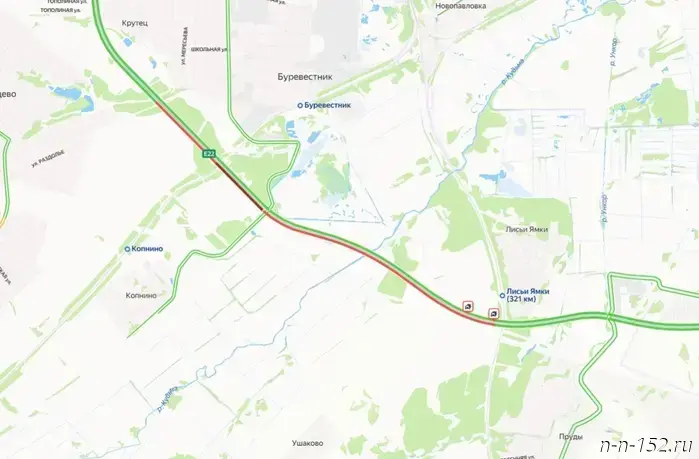 A massive traffic jam has formed on the M-7 highway in the Nizhny Novgorod region due to an accident.
A huge traffic jam formed on the M-7 highway in the Nizhny Novgorod region due to an accident. 18.07.2025. vGorodeN.Ru. Nizhny Novgorod region. Nizhny Novgorod.
A massive traffic jam has formed on the M-7 highway in the Nizhny Novgorod region due to an accident.
A huge traffic jam formed on the M-7 highway in the Nizhny Novgorod region due to an accident. 18.07.2025. vGorodeN.Ru. Nizhny Novgorod region. Nizhny Novgorod.
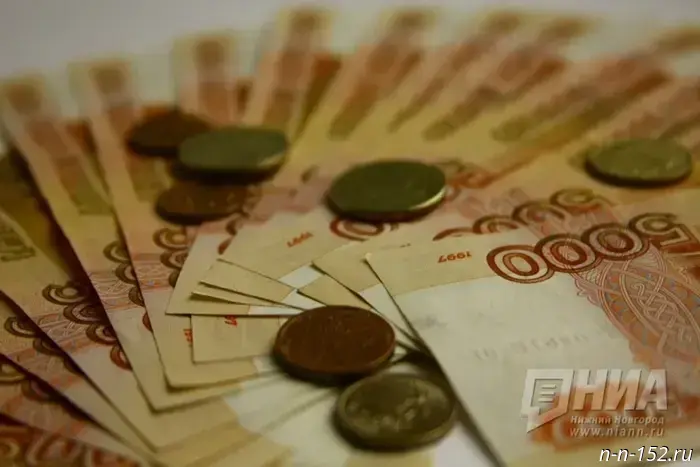 Replacing the intercom cost a Nizhny Novgorod pensioner 14 million rubles.
Replacing the intercom cost a Nizhny Novgorod pensioner 14 million rubles.
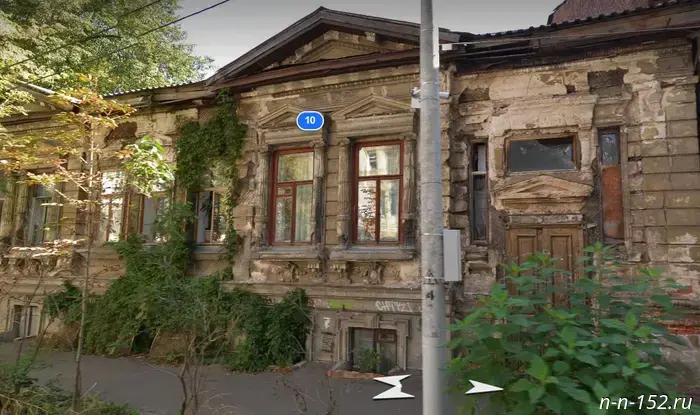 The region will allocate 71 million rubles for the resettlement of three buildings in Studenoy Quarter.
The region will allocate 71 million rubles for the resettlement of three buildings in Studenoy Quarter.
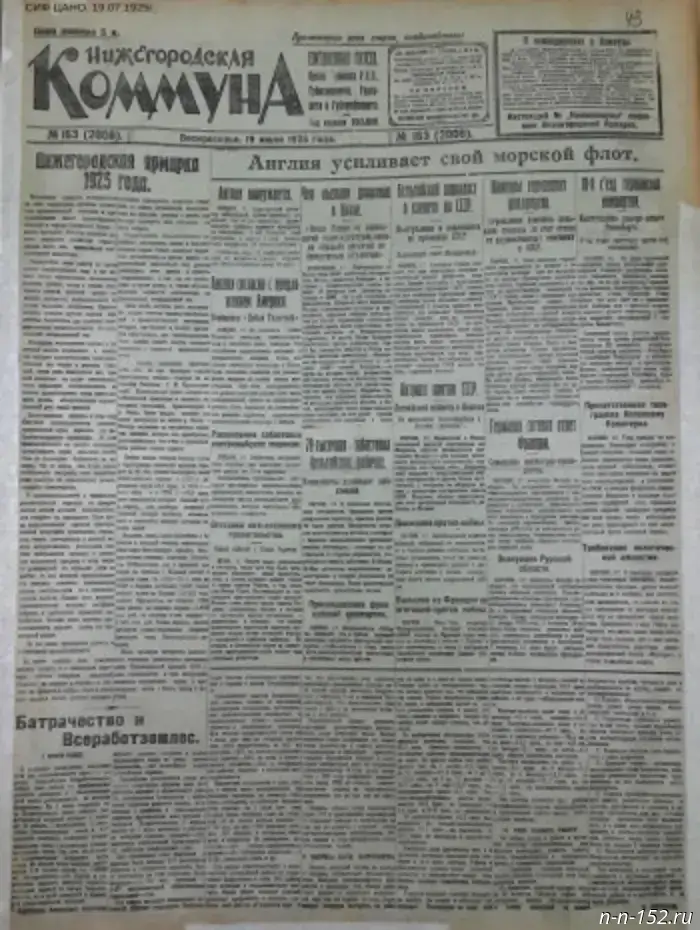 Nizhny Novgorod 100 years ago
I am interested in knowing what life was like in Nizhny Novgorod 100 years ago, using the newspaper "Nizhegorodskaya Kommuna" from July 19, 1925. 07/19/2025. State Archival Service. Nizhny Novgorod Region. Nizhny Novgorod.
Nizhny Novgorod 100 years ago
I am interested in knowing what life was like in Nizhny Novgorod 100 years ago, using the newspaper "Nizhegorodskaya Kommuna" from July 19, 1925. 07/19/2025. State Archival Service. Nizhny Novgorod Region. Nizhny Novgorod.
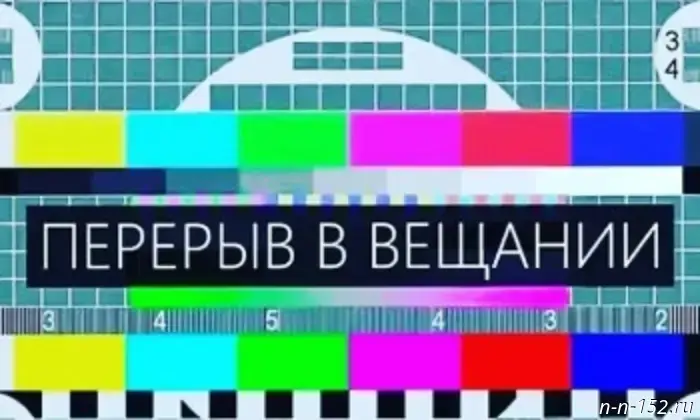 Broadcasting breaks on TV and radio
On July 21, 2025, from 01:00 to 10:00, there will be temporary interruptions in the broadcast of terrestrial radio and television programs in the Nizhny Novgorod region due to scheduled maintenance work at the "Nizh" radio and television stations on July 18, 2025. Arzamas city, Nizhny Novgorod region, Arzamas.
Broadcasting breaks on TV and radio
On July 21, 2025, from 01:00 to 10:00, there will be temporary interruptions in the broadcast of terrestrial radio and television programs in the Nizhny Novgorod region due to scheduled maintenance work at the "Nizh" radio and television stations on July 18, 2025. Arzamas city, Nizhny Novgorod region, Arzamas.
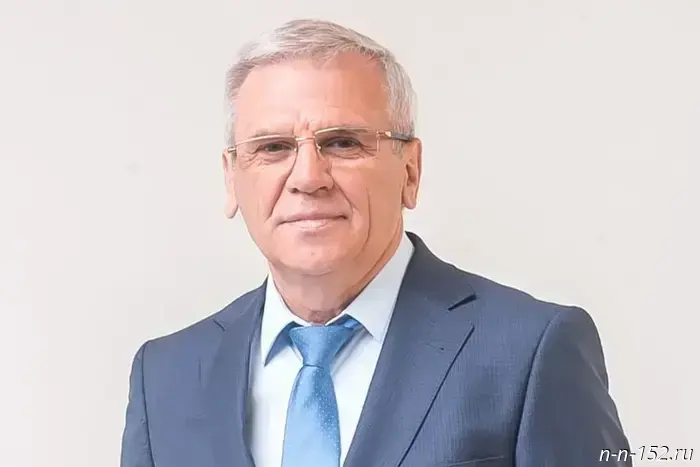 Evgeny Lyulin spoke about the new regional award for donors.
Evgeny Lyulin spoke about the new regional award for donors.
